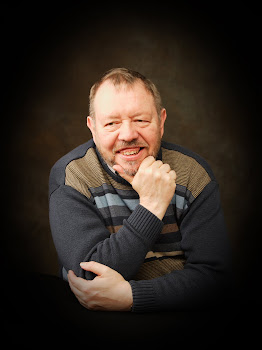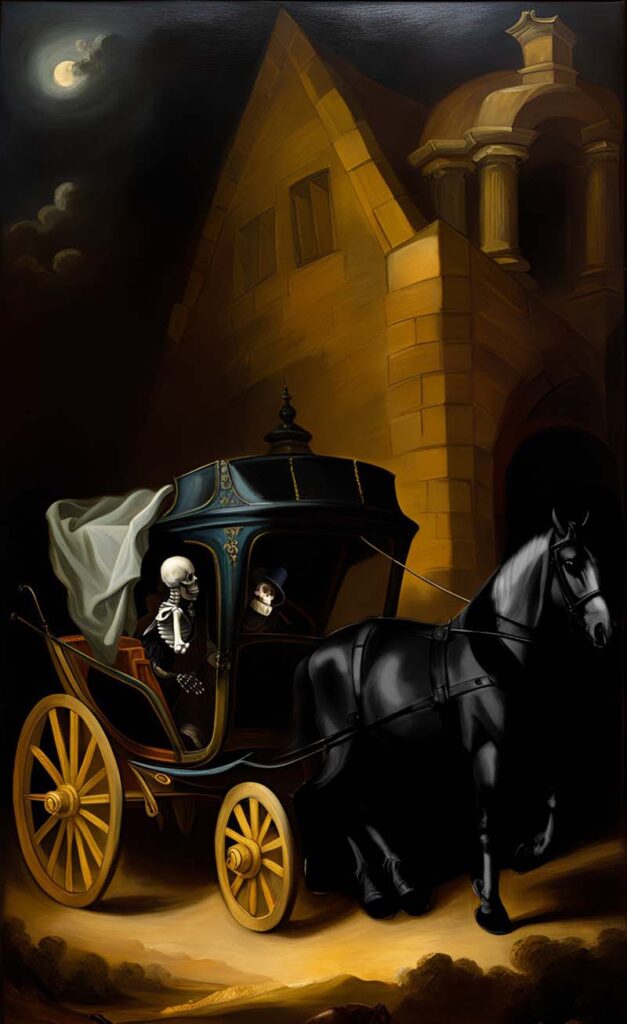Robert Curran, AKA Dr. Bob, discusses how ancient Irish ghosts, witches, and fairies still permeate cultures around the world today. Join us for a smorgasbord of folk legends, spirits, lore, and fairy stories from Ireland, the place where Halloween was born.
Listen now!
About the guest: Dr. Bob Curran
Becky found out about Dr. Bob when she read his book, A Bewitched Land: Witches and Warlocks of Ireland. is the author of over 40 books on the ghosts and folklore of Ireland, published by O’Brien Press.

Irish folklore we discussed in this episode
We spoke about so many great stories and legends from Ireland, and still we only scratched the surface! Here’s a very brief summary of the topics discussed.
- Bob shares the story of the fear gortach, the hungry spirit who roams the mountains and can seize travelers with fatal hunger.
- The gruagach is a petite hairy critter who will work hard for only a jug of milk, but is incredibly stupid and disappears if you ever give it a present.
- The Banshee (Irish spelling Bean Sídhe) wasn’t always the wailing woman spirit we hear tales of today. She used to just be a fairy woman who would advise ancient kings.
- The Cóiste Bodhar or death coach, a harbinger of doom driven by a dullahan, which is a headless horseman hobgoblin of the unseelie type.
- The filid were basically ancient tabloid reporters.
- Abhartach may have been the very first vampire, as we know them in the western world today. According to folklore, the grave of this blood-drinking 5th century Irish warlord is in Glenullin in County Derry, just a short drive from where Dr. Bob lives. You can see the actual grave site in the Irish horror movie Boys from County Hell. Like Eastern European vampires, Abhartach’s bloodlust is easily thwarted by scattering small items about (like thorns or poppy seeds), as these monsters are easily distracted by counting and sorting things.

Why is storytelling so important to Irish culture?
Ever since Diana was young, her Irish relatives taught her to value the “Gift of Gab.” Far from just being talkative and outgoing, this uncommon gift was somewhat ephemerally defined as the ability to orally weave a spellbinding tale at the spur of the moment. Being good at improvisational storytelling, basically. According to legend, if you’re not born with this gift, you can attain it by kissing the Blarney Stone.
During this interview, Bob helped us understand why the Irish place such a high value on oral storytelling and folklore. The Druids apparently advised against down any knowledge because it could be stolen by the enemy. And so, oral storytelling was the primary format for handing down knowledge. Couple that with a huge population of poor, rural farmers, and a ruling elite class that preferred their peasants to remain uneducated and illiterate so as to be easier to control, and verbal communication becomes the obvious default. And sure, a bit of knowledge may be communicated verbally simply by explaining it to someone. But having an interesting story attached helps as a mnemonic device. Folklore also grabs the attention of those whose minds may otherwise wander.
What’s your favorite Irish folk tale?
Baby Diana grew up hearing stories of selkies and dancing to songs about why it’s important to hold a wake. She thinks there’s something undefinable yet uniquely magical about Irish folklore. After hearing all the Irish ghost stories we’re releasing this October, we hope you’ll agree! Does your Irish family have a unique legend? Or do you know some juicy info about folklore from other regions? Submit your story now for a chance to be the next guest on Homespun Haints. And beidh lá scanrúil agat!
